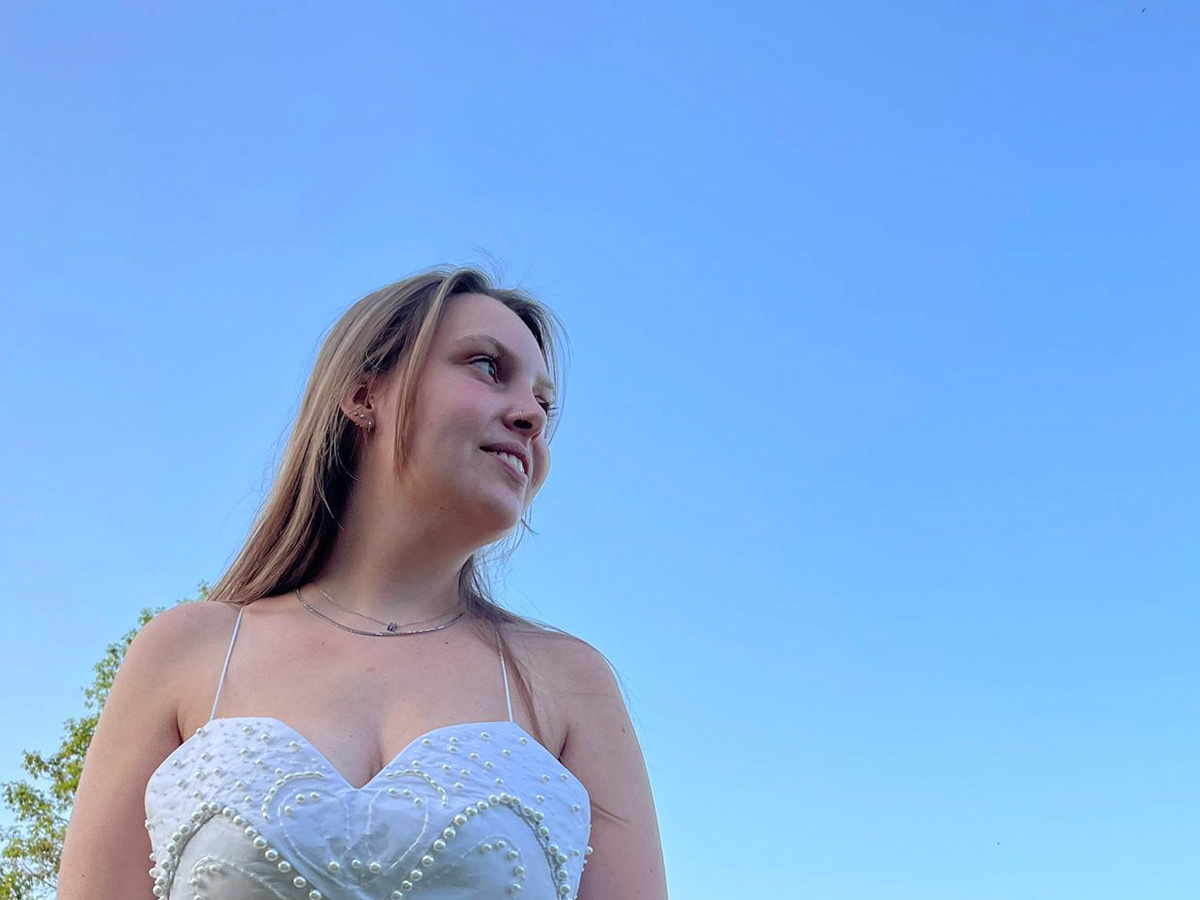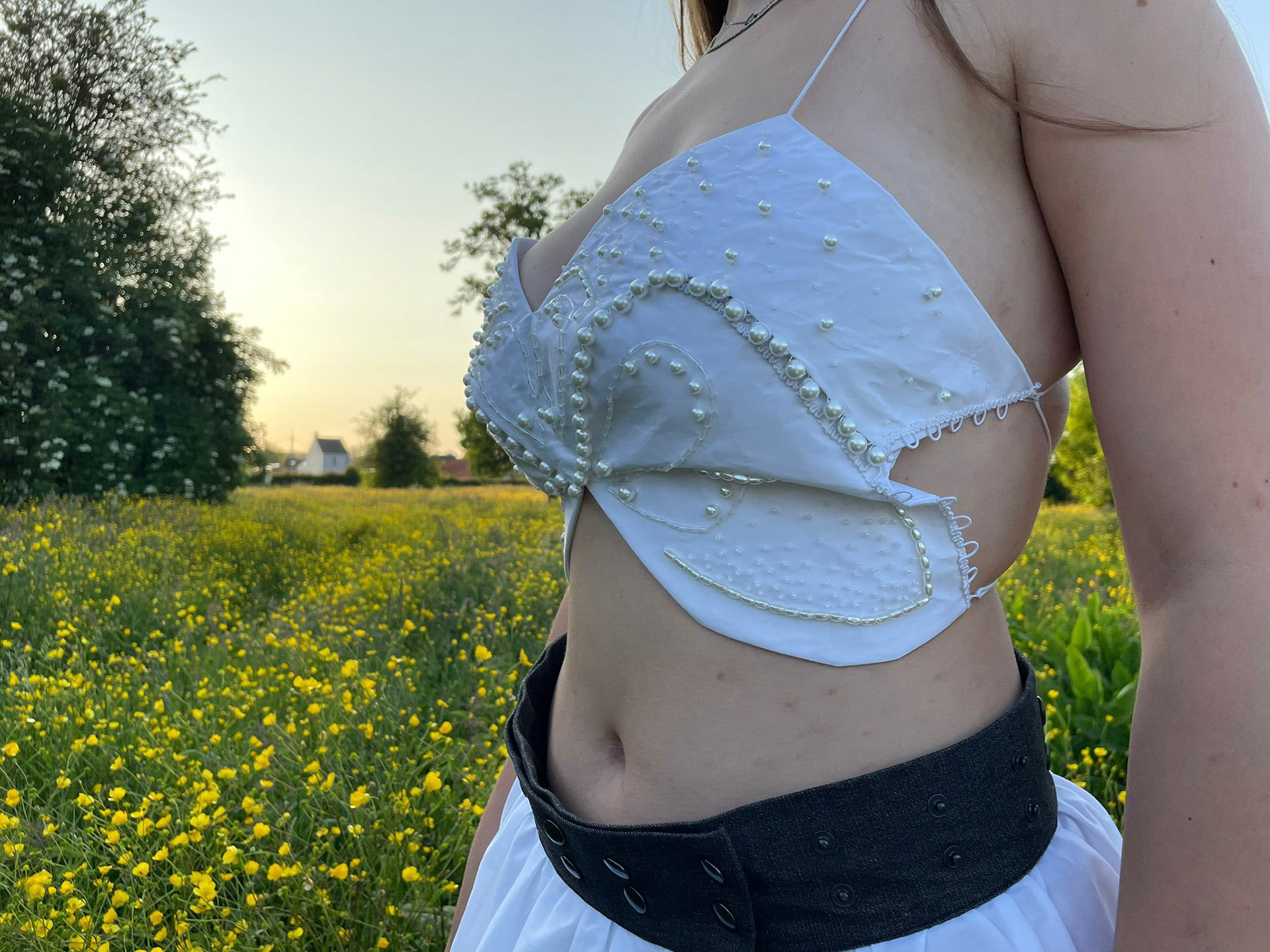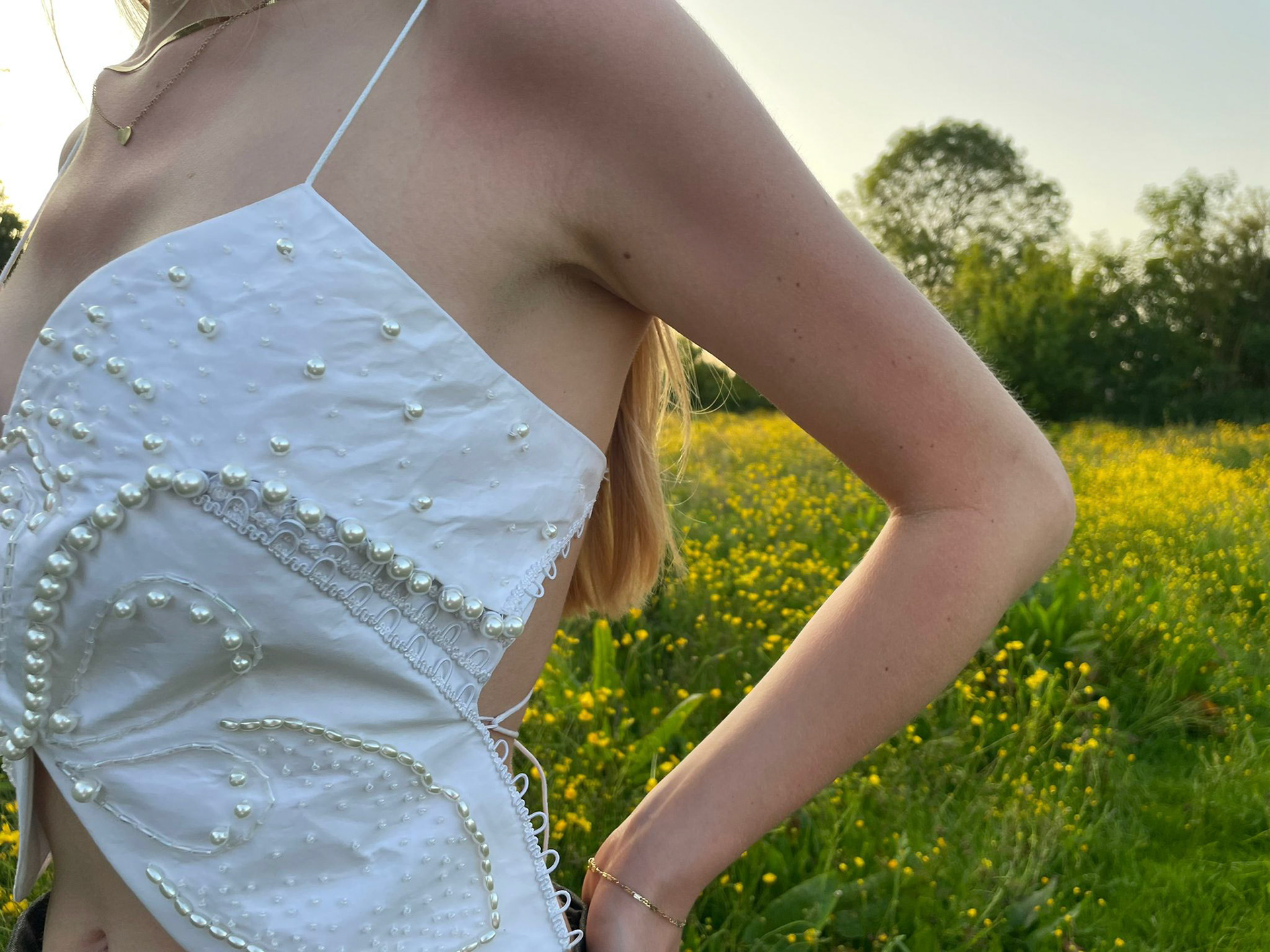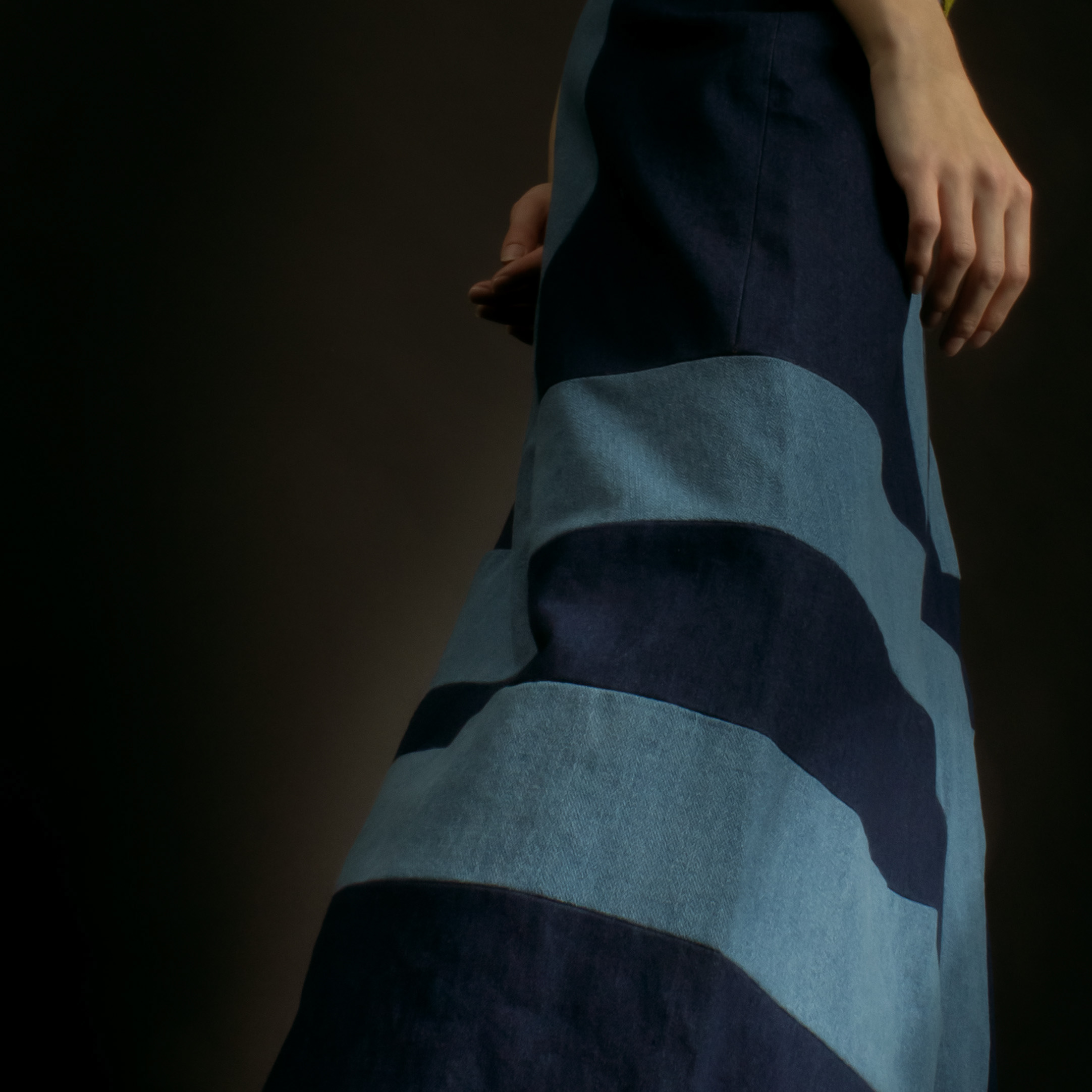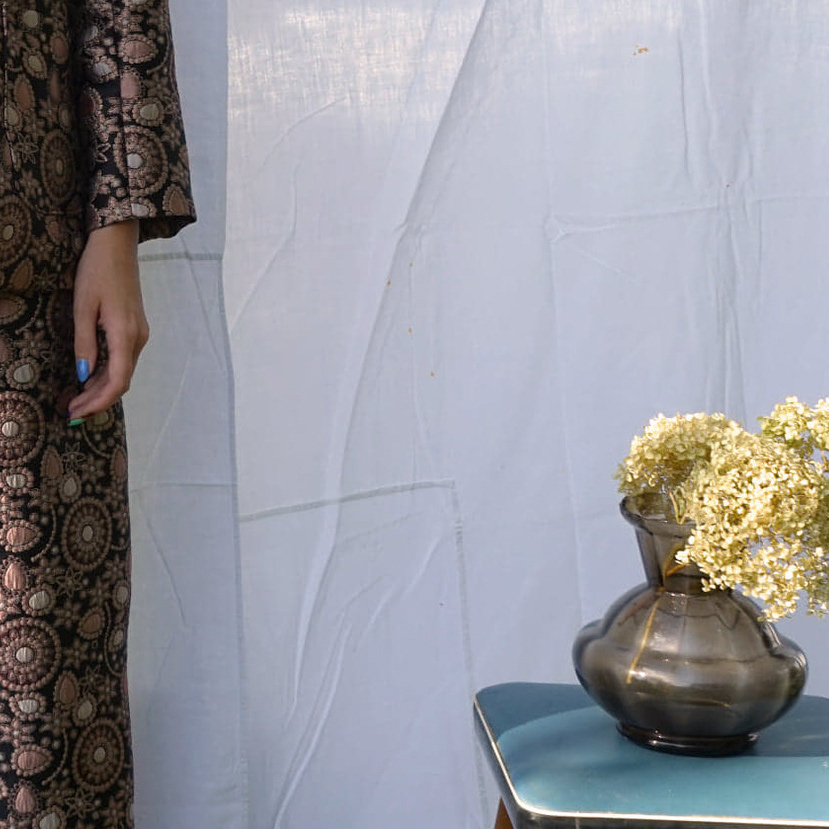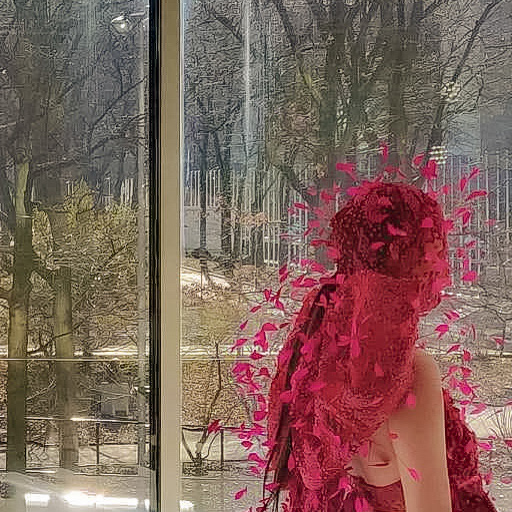Size Inclusivity at AREA:
a description of body positivity in the Fashion Industry and Pattern Drawing inclusive garments
The fashion industry is undergoing a significant transformation, moving towards a more inclusive and sustainable future. In this thesis, we focus on the case study of AREA, a New York City-based fashion house known for its unique approach to design and emphasis on glamour. AREA has garnered attention for its inclusive image and diverse selection of models, aiming to reach an ‘undefined’ or unlimited target group that values fun and confidence in fashion (Shukla, 2023).
However, while the brand has made strides in diversifying its runway models, there is still an issue of sizing inclusivity within the company. The pattern department at AREA faces challenges in creating garments that fit their diverse range of models, symbolizing the brand's unlimited target group. This issue raises questions about the grading system, the modelling industry's standards, and the overall commitment to true inclusivity.
To better understand the context and significance of size inclusivity in the fashion industry, this thesis explores the historical development of inclusive fashion and looks into what trends are currently happening on the topic of inclusion. Additionally, the thesis delves into the concept of universal sizing and the reason behind the existence of different size charts.
For this case study, AREA’s brand identity, aesthetic and target group are examined. Through an in-depth analysis of AREA's sizing practices, including size charts, models, and digital pattern drawing techniques, I aim to identify the challenges faced by the brand and propose strategies for improving size inclusivity. The thesis also showcases two practical examples of size-inclusive design, the snap-button-skirt, and the butterfly top.
By examining the results of my research, the importance of size inclusivity in the fashion industry is shown and insights are given into how brands like AREA can improve their practices. Ultimately, this thesis aims to contribute to the current discourse on inclusivity in fashion and encourage positive change within the industry.

